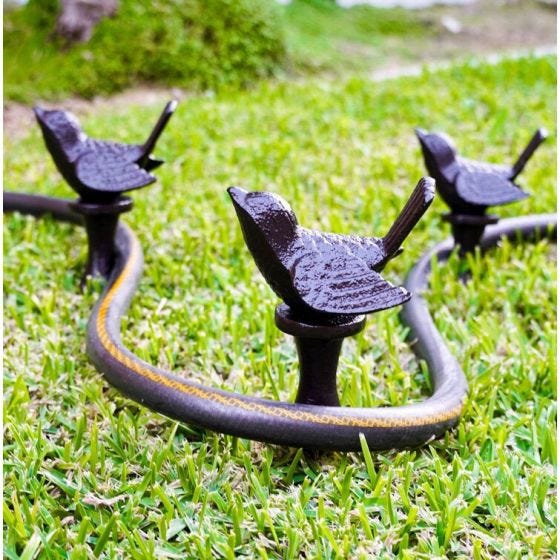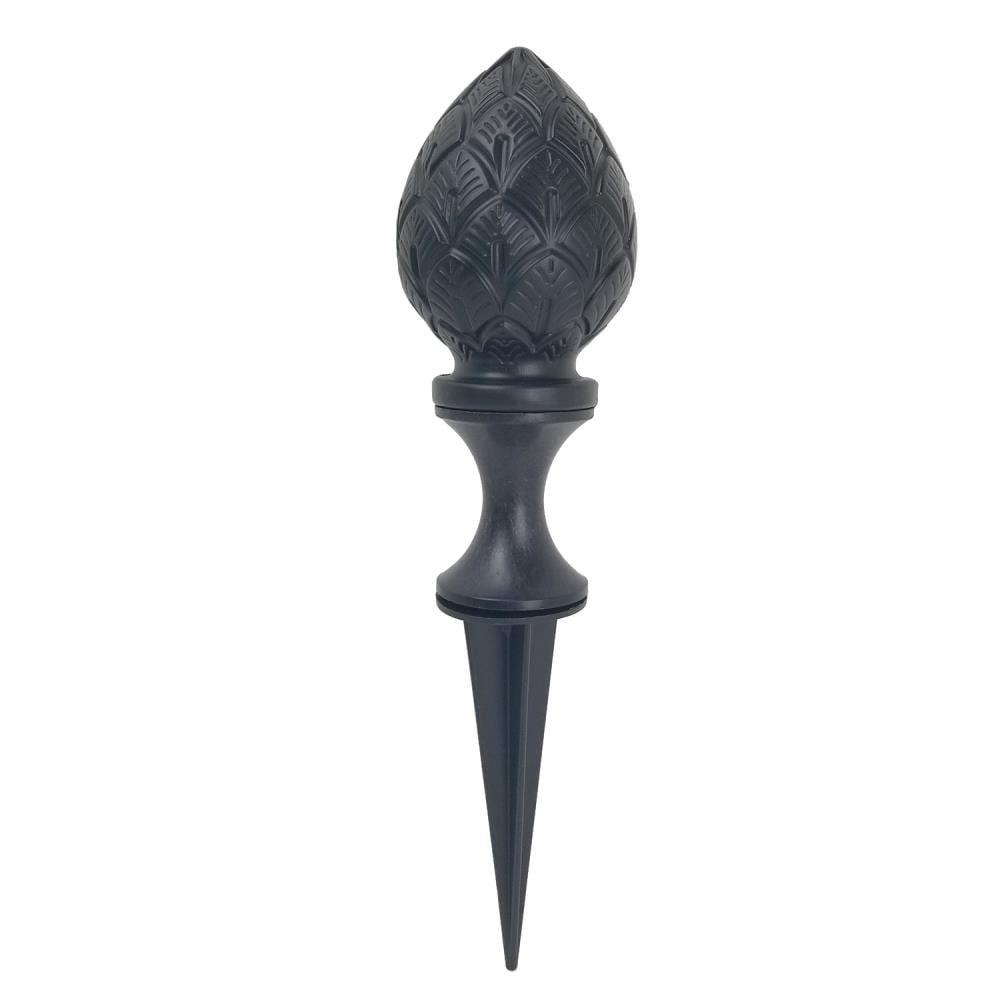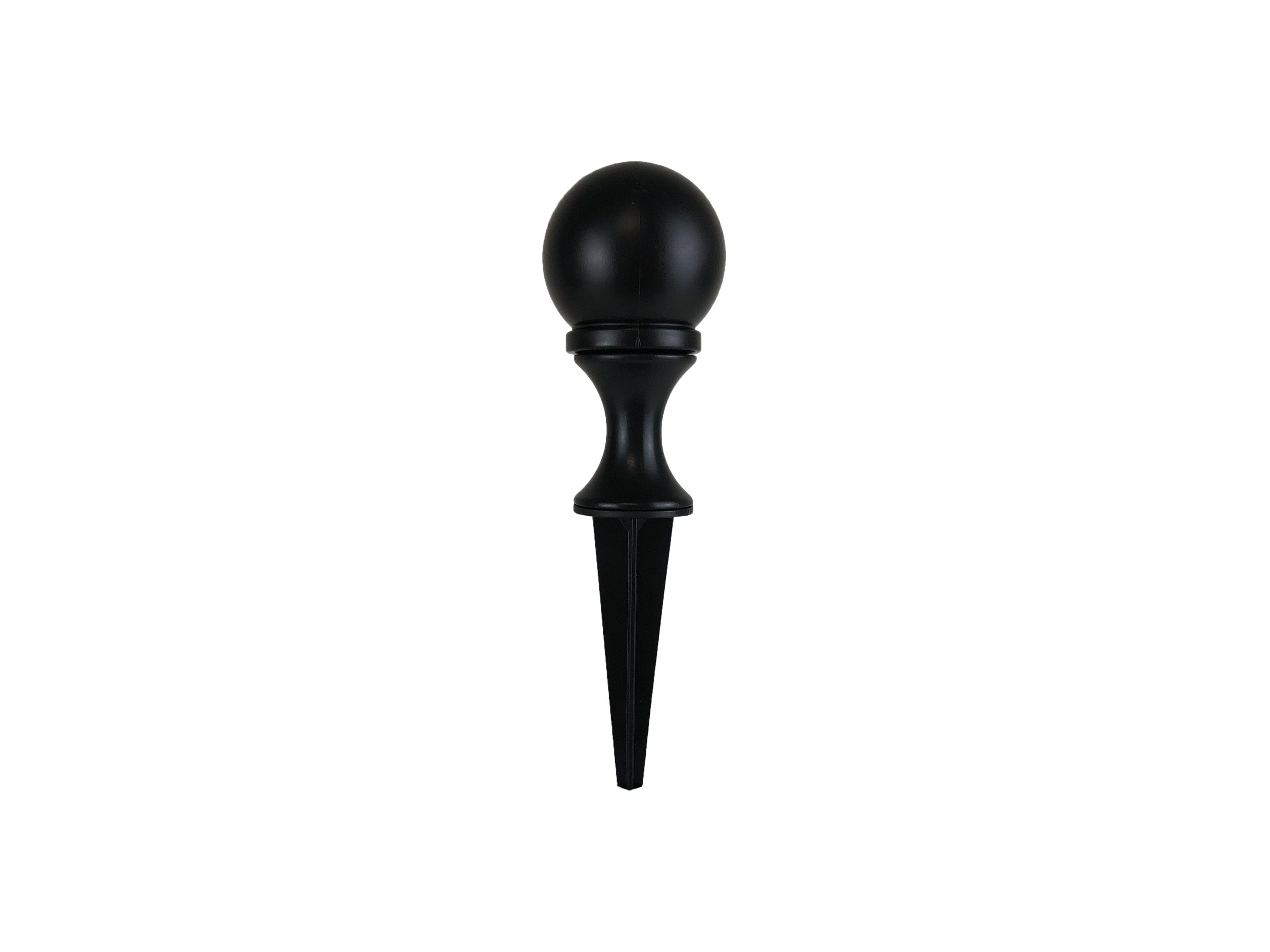As an avid gardener, I have always sought to strike the perfect balance between functionality and aesthetics in my outdoor space. One of the challenges I’ve encountered is managing the garden hose. It’s essential for watering my plants, but it often ends up as an unsightly mess. That’s where decorative hose guides come into play! In this article, we’ll explore what hose guides are, their benefits, and how to choose the best ones for your garden.
What Are Decorative Hose Guides?
Decorative hose guides are designed to direct and support garden hoses while adding a touch of flair to your outdoor area. These guides help keep hoses from tangling with plants, pathways, or furniture, ensuring a tidy and organized garden. Available in various styles and materials, they can blend seamlessly with your garden design.
Benefits of Using Decorative Hose Guides
1. Protects Your Garden
One of the primary purposes of hose guides is to prevent damage to plants and garden structures. When hoses are left lying around, they can crush tender flowers or young plants. Hose guides help keep hoses elevated and out of the way, promoting healthier growth.

2. Enhances Aesthetics
With so many designs available, decorative hose guides can enhance your garden’s visual appeal. They can serve as charming accents that complement the style of your outdoor decor.
3. Prevents Hose Kinking
Hoses can become tangled or kinked if not properly stored or guided. Using hose guides reduces the chances of kinking, which can prolong the lifespan of your hose.

4. Easy to Install and Move
Most decorative hose guides are easy to install. They can typically be pushed into the ground without any special tools. If you need to rearrange your garden layout, moving them is usually a hassle-free task.
Types of Decorative Hose Guides

1. Ornamental Hose Guides
These hose guides feature intricate designs and styles, often depicting flowers, animals, or geometric patterns. They double as garden decor while serving their primary function.
2. Simple Stake Guides
Simple stake guides are straightforward, often made from metal or plastic, and can be found in various colors. They offer a minimalist approach while still keeping your hoses in check.

3. Themed Hose Guides
For those who enjoy a specific theme in their garden—be it nautical, rustic, or whimsical—there are plenty of themed hose guides available. These can help to create a cohesive design that reflects your personality.
How to Choose the Right Decorative Hose Guide

1. Material
Hose guides are typically made from materials such as metal, plastic, or ceramic. Each material has its pros and cons, which can impact durability and appearance:
| Material | Durability | Price Range | Appearance |
|---|---|---|---|
| Metal | High | $20 – $50 | Rustic, Elegant |
| Plastic | Medium | $10 – $30 | Colorful, Functional |
| Ceramic | High (But Fragile) | $25 – $75 | Artistic, Unique |

2. Design
Think about the overall theme of your garden. Do you prefer a modern look or a classic style? The design of your hose guides should complement your garden’s aesthetic.
3. Height and Width
Determine the best height and width for your needs. If you have larger plants or garden features, taller hose guides might work better. Additionally, ensure they are wide enough to keep your hose stable.

4. Price
Consider your budget when selecting hose guides. While decorative options can be more expensive, looking for sales or bundle deals can help you save money.
Installation Tips for Decorative Hose Guides
1. Choose the Right Location
Select a location that makes sense for your hose’s use and the layout of your garden. Placing them near flower beds or garden paths minimizes interference with plants.
2. Make It Level
Ensure that the guides are installed straight and level. This will help maintain style and allow for better hose management.
3. Secure Them Properly
For metal guides, make sure they are firmly pressed into the soil. If your garden has soft or loose soil, consider burying them deeper for increased stability.
Maintenance of Decorative Hose Guides
1. Regular Cleaning
Depending on the material, decorative hose guides may need regular cleaning to prevent rust or discoloration. A gentle soap solution and a soft cloth usually do the trick.
2. Check for Stability
Over time, soil erosion or heavy rains can unseat your hose guides. Regularly check their position and make adjustments as necessary.
3. Seasonal Storage
For guides that may be more fragile, consider bringing them inside during harsh weather conditions to prolong their life.
Pros and Cons of Decorative Hose Guides
Pros
- Enhances garden aesthetics
- Prevents hose tangling and kinking
- Acts as a protective barrier for plants
- Variety of designs to match your style
Cons
- Can be more expensive than standard hose guides
- Some materials may require more maintenance
- Fragile designs may break if mishandled
Personal Experiences with Decorative Hose Guides
When I first started using decorative hose guides, I was amazed at the difference they made in my garden. I chose a set of beautiful, ornate guides that featured floral patterns, and not only did they add charm to my planting areas, but they also kept my hoses neatly organized. Previously, I would spend precious minutes untangling my hose every time I needed it, but with these guides, I can quickly access my watering equipment without the hassle.
Over time, I found that these hose guides also encouraged guests to admire my garden. It’s funny how an attractive design can spark conversation. Friends would often ask where I got them, leading to exchanges about gardening tips and experiences!
FAQs About Decorative Hose Guides
1. How do I install decorative hose guides?
Installation is typically easy—just push the guide into the ground where you need it. Ensure it’s straight and secure for optimal performance.
2. Can I use decorative hose guides in a rocky garden?
Yes, but you may need to pre-dig a small hole for the guides or choose shorter ones that can be easily placed.
3. Are there affordable options for decorative hose guides?
Absolutely! Many retailers offer affordable options. Check local garden centers or online marketplaces for budget-friendly finds.
4. How do I clean my decorative hose guides?
Depending on the material, use a mild soap and water solution with a soft sponge. Avoid abrasive materials that could scratch the surface.
5. Will decorative hose guides rust?
Metal guides may rust over time, especially if exposed to moisture. Look for guides made from rust-resistant materials for better durability.
Conclusion
Decorative hose guides are a fantastic way to enhance your garden’s beauty while ensuring your hoses are neatly managed. Their many benefits—including plant protection, aesthetic enhancement, and ease of installation—make them a worthwhile investment for any gardening enthusiast. I encourage you to explore the various styles available and find the perfect hose guides to elevate your outdoor space. Your garden deserves it!
As always, happy gardening!